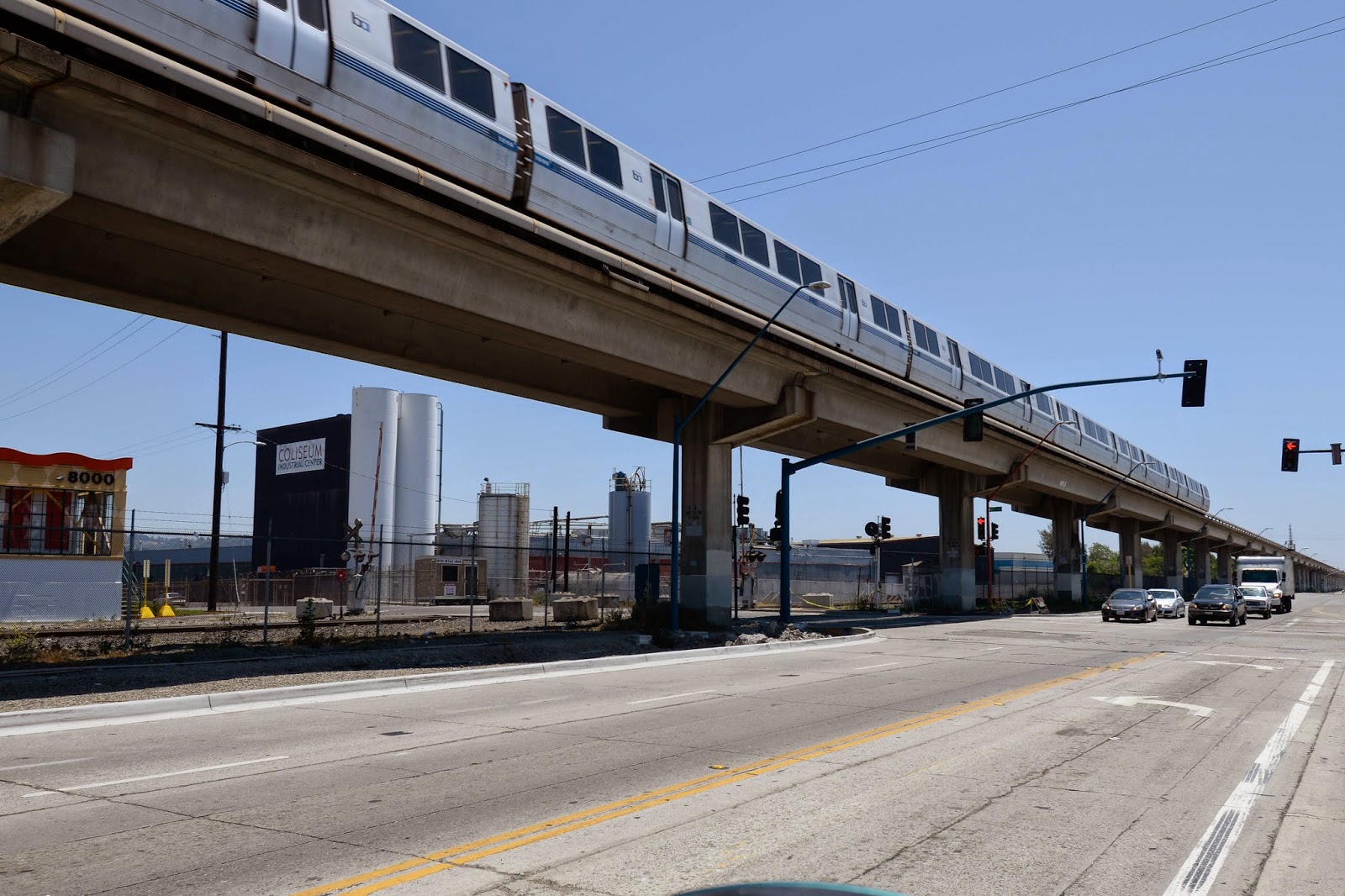I currently sit on the Golden Gate Bridge Pedestrian and Bicycle Advisory Committee. It's really interesting to hear the history of the bridge, how it was funded, and how that all factors into the way the bridge district operates today, a lot of which you've all already discussed in the thread.
From what I can tell, the district has really no incentive to ever work with another agency to link service across the gate. It complicate things as far as bridge management is concerned. You wouldn't believe how many conversations we have just trying to determine who has jurisdiction in the spots around the bridge itself and whether or not something falls into the bridge district, Caltrans, or one of the National Parks. It makes even the smallest things complicated when it comes to projects and improvements. These entities don't work as closely together or as proactively as you might expect.
Right now, in addition to the constant earthquake retrofitting, most resources are going into the suicide deterrent net, which is slated to be completed pretty soon. They've also been investing a lot in lowering the load on the bridge to reduce fatigue and maintenance as the bridge ages. Two things have done in that regard is replace the bridge deck with lighter material and replace the slats along the sidewalk to reduce wind resistance, as storms and wind worsens across the gate with the impacts of climate change.
Something that's kind of interesting is that replacing the slats with the narrower ones has cause two unexpected consequences. The wind on the west side bicycle path is now significantly worse, to the point of being dangerous. It has also caused the bridge to hit a resonant frequency on windy days causing an ominous loud hum that can be heard for miles around. There is now
a plan moving forward to install small aluminum clips that will act as disruptors to reduce the amount of noise without negating the span's wind drag improvements. A good way to spend an additional $450k!
All this is to say that the district is mostly in a maintenance mindset now, and I wouldn't expect that to change. Long gone are the days of proposing BART or even
a second road deck - something that was deemed feasible by the district in the 1960s once BART across the span was already nixed.

Knowing how the bridge is managed today, I can imagine that they are glad they didn't more forward with either BART or the second deck due to the wear and wind issues it would cause as the wind worsens and the bridge ages. However, the lack of frequent, high quality transit between SF and the north bay has caused quite the ripple effect. In SF, Geary Blvd would probably have subway rail service instead of the BRT-lite transit it has today, Marin and Sonoma County would be more connected to the city, and transit riders would have a lot more mobility.
Sorry for the rant.







